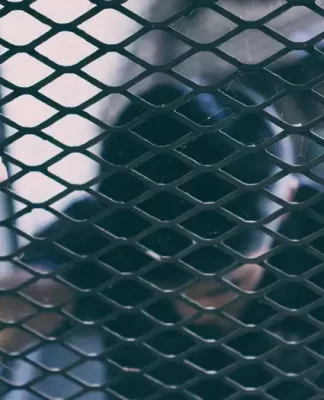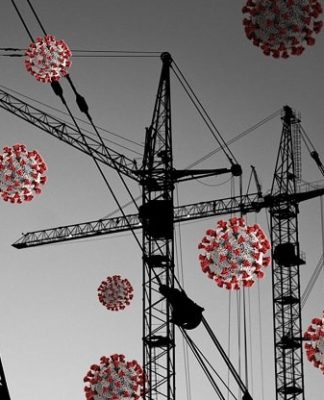Gas rigs transform into undersea paradise
Artificial coral reefs form an ecosystem
PUBLISHED : 6 JUN 2022 AT 06:26

Coral covering an unused jacket structure is expected to become an attraction for divers.
Retired oil and gas production rigs are being developed into a tourist attraction for the first time in Thailand, in an attempt to create a new diving destination in the South.
Steel frames that once supported oil and gas production platforms are being turned into artificial coral reefs to form part of a marine ecosystem, with the potential to attract aquatic fans and support the lives of local fishermen in the post-pandemic era.
From Petroleum to tourism
The artificial coral reef area, located 7.5 nautical miles northeast of Koh Phangan island in Surat Thani province, was developed to improve the environment for marine species and create a new source of tourism revenue.
With these goals in mind, seven decommissioned jackets owned by Chevron Thailand Exploration and Production were installed as part of the area, kicking off the artificial coral reef development in April 2019.
Natural Resources and Environment Minister Varawut Silpa-archa said he was satisfied by the project’s progress, jointly carried out by US-based Chevron, Chulalongkorn University, and the Marine and Coastal Resources Department.
The jacket instalment was completed in 2020 after more than a year’s work. The jackets, serving as a nourishing ground for fisheries as well as to please scuba divers, were then handed over to marine and coastal officials.
During his trip to the area, Mr Varawut said he believed these metal structures will help build a new coral reef sightseeing area, attracting dive tour operators and divers.
Villagers in nearby communities said the area could be promoted for diving tourism, while during the low season it could serve as a fishing area.
If successful, the artificial coral reef area could possibly be expanded, Mr Varawut said.
The Marine and Coastal Resources Department is expected to monitor and evaluate the growth of man-made coral reefs.
Chevron has spent 34.8 million baht supporting the project.
Chulalongkorn University serves as the academic arm of the project by studying changes to the underwater environment and marine organisms, as well as looking into socioeconomic issues involving all stakeholders.
Oil and gas production rigs are usually recycled after decommissioning, but some of them have been used to build artificial coral reefs in Malaysia and the Gulf of Mexico.
Building artificial coral reefs in Thailand is not new. This tactic has been carried out for more than 20 years using a variety of materials including bamboo, pipes and scrap vehicles.
The country is now using gas production jackets as a new material.
Chevron’s concession in the Erawan gas field in the Gulf of Thailand expired following five decades of exploration and production. Its non-transferred rigs were slated for decommissioning.
Ajj Tularak, Chevron Thailand’s manager for non-operated joint ventures, said authorities gave the company approval to decommission non-transferred assets, including subsea pipelines.
First visitors
As artificial coral reefs have grown, they have attracted fish and other marine species, said Supichai Tangjaitrong, managing director of Chula Unisearch under Chulalongkorn University.
New coral reefs at a depth of 20 metres have formed, surrounded by fish.
Mr Supichai said the coral reefs need more time to grow and become a new diving site. At the moment, they mainly attract more fish.
The fish population density has more than doubled to 215 fish per 100 square metres, up from 97, while varieties have risen to 47 species, up from 15, according to a survey conducted by a remote operating vehicle.
Small organisms serving as food for various marine animals were also found.
Local fishermen told the researchers that some fish species, including African pompanos and torpedo scads, have returned to the area after a long absence.
A socioeconomic study conducted in October 2020 reported that locals were satisfied with the project as it promised a beneficial outcome, following the increase in the fish population.
This artificial coral reef area also has the potential to support the Thai seafood industry, said Mr Varawut.

























